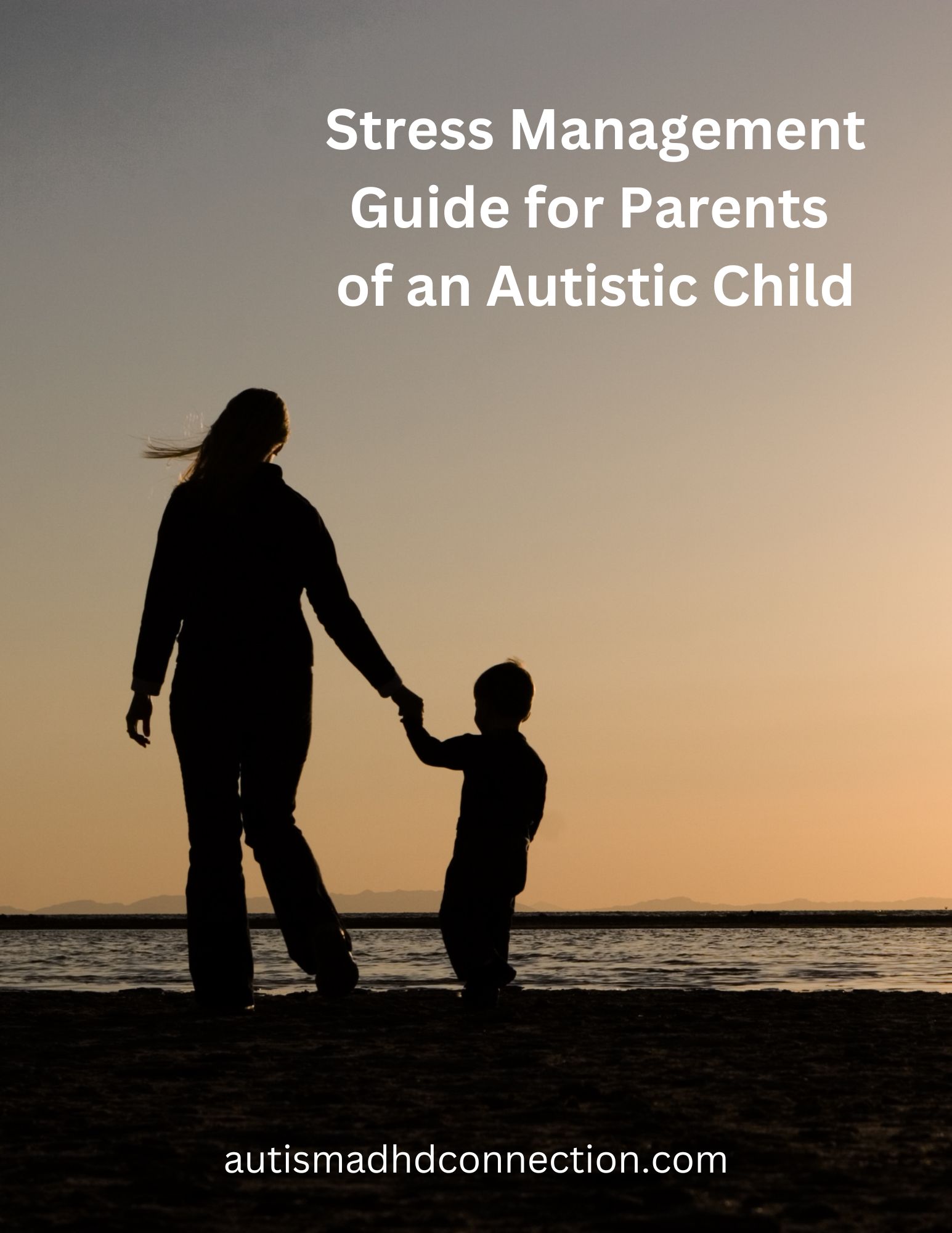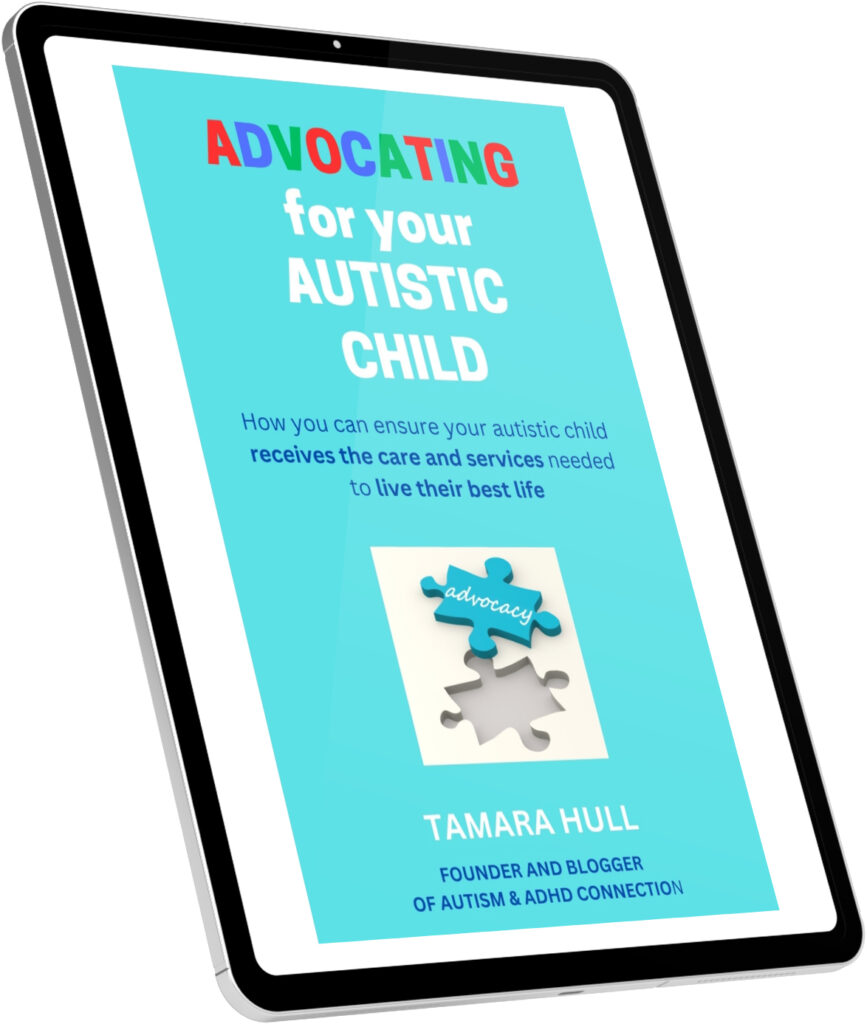When you have a child with autism and ADHD, picky eating is very common. We all know children – maybe including your own – who will eat only a few foods. They tend to shy away from trying anything new. Both autism and ADHD are associated with picky eating, so it’s not surprising when a child has both of these, then they will have a harder time eating a variety of food. Why is that and how can you help your child eat better?
Why are so many autistic and ADHD children picky eaters?
Picky eating is associated with both autism and ADHD. In addition, selective eating – the more scientific name for picky eating – is also a common symptom of depression and anxiety. Many of our children also struggle with these conditions.
There are several factors that contribute to picky eating among those with autism and ADHD:
- Sensory issues – many autistic and ADHD children are challenged by sensory issues. They may not like the textures of certain foods. Some children are turned off by the taste and smell of certain spices. (Well, that goes for adults too!) They also may have difficulty with the temperature of the food, not wanting to eat hot or very cold foods.
- Swallowing difficulties – some autistic/ADHD children have trouble swallowing and need to undergo treatment to learn how to use their muscles to swallow.
- Late introduction of chewy foods – for some, parents introduced chewy foods to their children late due to a variety of reasons. Sometimes, that causes an aversion to chewy foods.
- Disruptive behaviors at the dinner table – some children with autism/ADHD participate in disruptive behaviors while sitting at the table such as throwing utensils or running away from the eating area.
- Oral-motor development delays – other children may have an oral-motor delay in which the muscles in their lips, tongue and jaw do not function properly.
- Lack of interest in food – this is especially prevalent in children with ADHD. Food just doesn’t hold any interest for them, so they would rather not take the time to eat unless they are really hungry. Medication can contribute to this because many ADHD medicines suppress appetite during the day.
- Food sensitivities and allergies – it seems like more children today have food sensitivities and allergies. Our son J is allergic to nuts, so it narrows his options because so many foods contain at least traces of nuts or are made in facilities where nuts are used. Allergies and sensitivities to milk, soy, wheat, eggs and more can also limit the variety of foods for some children.
- Need for routine – some autistic children want to eat only a few foods because they consider it part of their routine.
Any and all of these can contribute to children who are picky eaters. For our son J, sensory issues are the underlying reason why he has been a picky eater throughout his life. He has an aversion to food that is hot – both in temperature and taste. I can remember when he was really little, he mostly subsisted on mini pancakes, applesauce and chicken nuggets.
Over time, he has gotten better and will eat more variety now that he is a teenager. However, his palate is still quite selective. Fortunately, he is more willing to try new foods. I count that as a win. However, a lack of interest in food is probably the biggest factor in his eating habits. Because of his ADHD medicine, he isn’t hungry during the day. That means he doesn’t want to eat unless he eats breakfast before taking his medicine, and we eat dinner later after the effects of his medicine have worn off.
Why do some autistic children have gastrointestinal issues?

Another big reason behind picky eating for autistic children is gastrointestinal (GI) issues. While experts have not figured out exactly what it behind this increase in risk, many studies have shown that autistic people do have a higher tendency for a variety of GI issues. Some are related to higher levels of inflammation in the gut.
Some common GI issues for children with autism include:
- Acid reflux or gastroesophageal reflux disease (GERD)
- Eosinophilic esophagitis (EoE)
- Constipation
- Diarrhea
- Abdominal pain
- Untreated dental issues
Any of these can affect your child’s eating behaviors.
Ways to help your child eat better
As parents, the concern with our children being such picky eaters is that they may not be getting the nutrition their bodies and brains need for development and good health. So how can you encourage your autistic and ADHD child to eat more variety of food and generally eat better?
1. Start small
If you have a new food (or one they claim they don’t like) you want them to eat, then add just a little bit of it to their plates. Whenever my husband or I make a new dish, we give our boys a small amount of it and require them to eat three bites. If they really don’t like it, then they can make something else for themselves. (They are teenagers, so this is a reasonable request. We have cereal, chicken nuggets, canned soups and microwaveable meals they can easily make.) When they were younger, I usually had something easy on hand to microwave that I knew they liked and added that to the meal.
2. Limit snacks in between meals
If your child is grazing throughout the day and filling their stomach with snacks, then they won’t want to eat much for a meal. Especially if it consists of something new or different from what they normally eat.
3. Try new foods when they are hungry
Dinner may not be the best time to ask your child to try something new. Instead, offer it at another time when they are hungry and may be more open to trying a few bites. This may be good to do when you are home on weekends.
4. Pair a new food with a dip your child likes
If you’d like to have your child try a new or different vegetable or another food, pair it with a dip they already enjoy. If they can dip it into something they already like, you may get them to eat more of it.
5. Keep a food journal

With everything going on in our lives, we can forget what we had to eat yesterday! To keep a record of the foods your child has tried, liked and disliked over time, keep a food journal. This can be notebook that you keep in your kitchen and that you jot down information about the new foods your child has tried and their reaction. It can be helpful as you meal plan and go back to see what foods may eventually be accepted.
6. Model good mealtime behavior yourself
Let’s face it, picky eating is not just a child issue. Many of us as adults are picky eaters too. I’m raising my hand! I am certain my own ADHD (mild version, but it’s still there) and some sensory issues I had around food as a child contributed to my own picky eating.
I’m not nearly as selective in foods now as an adult as I was as a child; however, I still have aversions to certain types of foods and textures. For instance, I truly dislike seafood. I just cannot get used to the texture. I can eat breaded fish sandwiches or fish sticks but that is about as far as I can go. Yet, I wished I liked it more because I know it’s so healthy. I stick to the three-bite rule myself when my husband fixes a new dish. I usually don’t go as far as making something else to eat. Instead, I just eat additional sides and fruit.
7. Be patient
Oh, patience is certainly a virtue. I think I’ve been forced to learn more patience as a parent of an autistic and ADHD child. Yet, being patient when it comes to eating is important. You may need to have your child try a new food or dish over and over before they can accept it. It’s worth it in the end, so keep trying.
8. Offer choices
We all like to feel in control of our eating, so offer your child some choices. If you are serving a new dish or food, ask them about their preferences for the other foods that are cooked with the meal. Or if you want to add a vegetable or other additional ingredient to a dish (like a different meat or vegetable added to pasta recipe), ask your child to choose it.
9. Use social stories about eating and meals
Sometimes, using Social Stories™ (affiliate link) can help with trying new foods and being better prepared for meals.
Know when to get expert help
So when should you reach out to get expert help? If your child seems to be having a GI issue, you should talk to your child’s doctor about any medical issues that may be causing the selective eating. The doctor may refer you to a specialist such as a pediatric gastroenterologist or pediatric urologist, depending on the potential problem.
If your child is already seeing a behavior therapist or has an ABA (applied behavior analysis) therapist, then talk to them about this issue. They too may be able to offer guidance to you as a parent and work with your child on overcoming food issues.
Occupational or speech therapists can help with swallowing and oral-motor development delays.
Does your child with autism and ADHD have difficulty with picky eating? How have you approached it and what has worked? Leave a comment to share with other parents so that we can learn from and encourage one another on this journey!









